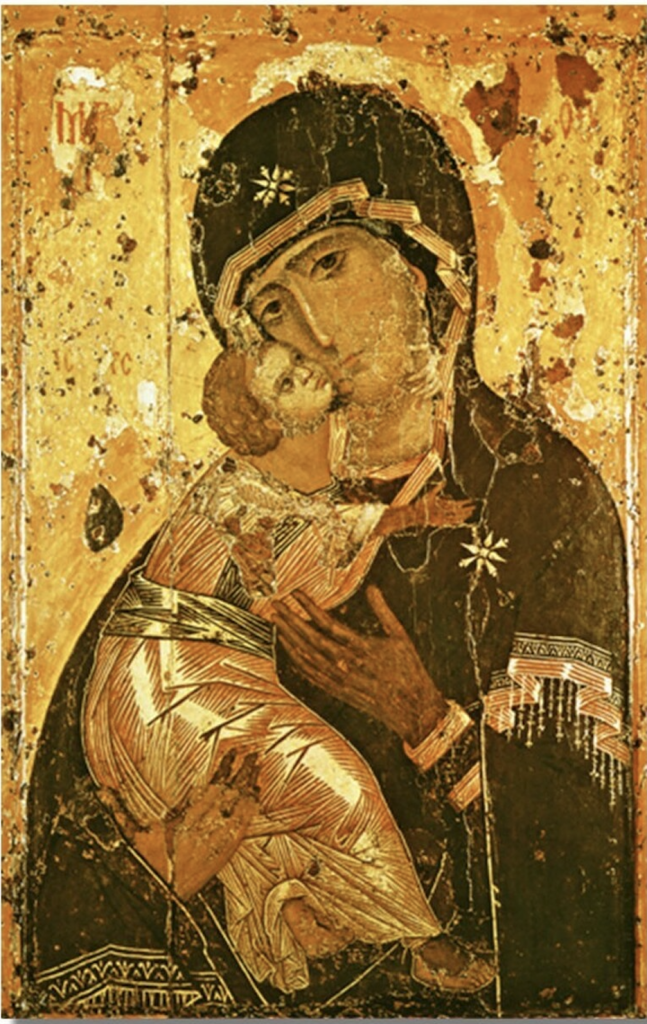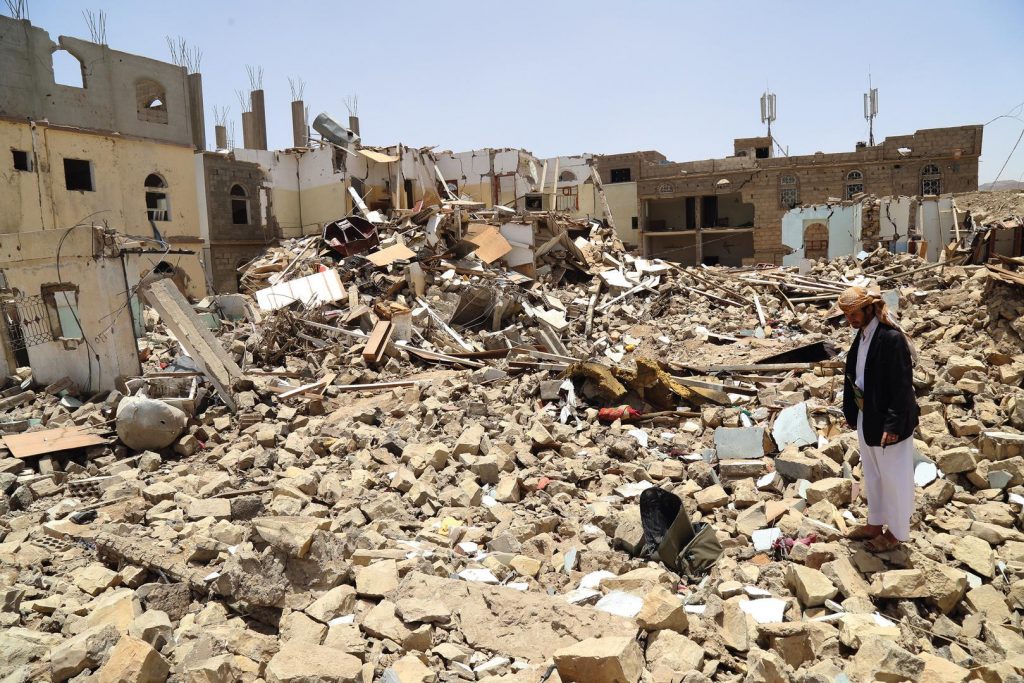On March 25th, Pope Francis formally consecrated “all humanity, especially Russia and Ukraine” to the Immaculate Heart of Mary. The declaration raised questions more urgent than technical ones about proper wording and protocols. At stake is the efficacy of politically tinged papal pronunciamentos and, with them, the integrity of ecclesiastical authority in the Catholic Church.
First, some preliminaries.
Catholics are not bound to believe in private revelations. The emotional sincerity of visionaries is not evidence of divine authorship of their visions. (“O the mind, mind has mountains; cliffs of fall . . . .”) Yet the Church adopts and promotes personal revelation for a range of purposes. Distinctions between prayer and devotional theatre are easily lost in the intricacies of motivation and the machinery of publicity. Lost, too, is any coherent grasp of what it might mean to consecrate—to set apart as holy—entire nation states. Particularly those whose populations have not consented to the initiative.
Responding to the reported demands of the Fatima apparitions, three previous popes—Pius XII, Paul IV, and John Paul II—took turns consecrating humanity to the Immaculate Heart of Mary. Pius XII consecrated the world to her Immaculate Heart for the first time in 1942. Ten years later, he repeated the act. This time he included “the people of Russia.”
Pius VI reissued the consecration of Russia in 1964. John Paul II followed suit twice. In 1982 he invited all the bishops of the world to join him in consecrating the world, and Russia, to the Immaculate Heart of Mary. Not every bishop received the invitation in time. So, at the 1984 Synod of Bishops, he renewed his earlier action.
Pope Francis hurried to consecrate the entire world to the Immaculate Heart of Mary in the first year of his pontificate. It was Marian Day—October 13, 2013—which coincided with the anniversary of the final apparition at Fatima. Marking the occasion, a statue of Mary was flown from Fatima to Rome. Francis implored Mary to “guide all of us along the path of holiness.” Now, nine years later, Francis consecrates “the whole human family,” and “especially Russia and Ukraine,” to the Sorrowful Heart of the “Queen of the Human Family.”
How many consecrations does it take?
This oft-consecrated world has shown a conspicuous deficit in supernatural assistance. Redundancy prompts questions: Does the virtue of corporate consecration fade over time? Is it subject to exhaustion by shifting sociopolitical contexts? Does it have to be refreshed, like a tattoo, to remain intact on changing bodies?
Before World War II, the Fatima phenomenon was relatively obscure outside the Iberian peninsula. The Roman Catholic world erupted with Fatima literature around 1940, early in the war. The apparitions became a significant ally in the Church’s struggle against socialism and communism. But Russia in 2022 is not the Russia of 1917. Boris Yeltsin disestablished the constitutionally guaranteed monopoly of the Communist Party in November, 1991. The Soviet Union lived one more month until Mikhail Gorbachev resigned his presidency on Christmas Day. The Soviet Union dissolved the next day, taking the KGB with it. The Russian tricolor flag replaced the Soviet hammer-and-sickle.
In 2002, Putin sought admission to NATO: “Russia is part of European culture. And I cannot imagine my own country in isolation from Europe and what we often call the civilised world.” We live now—in good part—with the repercussions of NATO’s arrogant rebuff twenty years ago.

Russian Orthodoxy has a long history of devotion to Mary.
Veneration of Mary was inherited from Byzantium via Bulgaria a millennium ago. Pre-Communist Russians called their land a “House of the Most Holy Mother of God.” Post-Communist Russians brought Icons of the Theotokos out of hiding. Some could argue that the conversion of Russia—away from Communism and militant atheism—has been accomplished. At least to the degree that flawed men in a fallen world are capable of achieving.
However grievous Putin’s sins, his regard for the Orthodoxy into which he was secretly baptized in infancy appears more convincing—to those who chance to look—than Joe Biden’s rosary rattling. Does this excuse Putin’s tactics in Ukraine? No, not at all. But it ought not be lost on us that the tactics we now condemn—aerial bombardment of civilian centers; no distinction between combatants and noncombatants—are the very ones used by the Allies in World War II.


Churchill okayed indiscriminate air raids against civilians. We hailed him as a great wartime leader; we revered Eisenhower, Supreme Commander of the Allied forces who carried out the bombings. Neither was demonized as a crazed war criminal for incinerating tens of thousands of civilians, obliterating their homes, schools, hospitals, and churches. (e.g. Code-named “Operation Gomorrah”, a series of coordinated attacks by the RAF and the USAAF on Hamburg in July, 1943, incinerated the city. The then-unmatched ferocity of the bombing added a new word to the vocabulary of war: firestorm.)

The point of resurrecting these archival photos is not to defend Putin’s blitz in Ukraine. It is to note that what our saber-rattling media calls “the Russian way of war” is, in reality, the democratized nature of modern warfare itself. (A reality Vladimir Zelensky inadvertently acknowledged when he offered to provide small arms to ordinary citizens, thereby debutizing civilians as combatants.)
• • • • •
Rocket attacks and aerial bombardment have ravaged Yemen for eight years. But the cruelty of it does not impinge on the enthusiasms of our regime media. Hapless Yemenis are off the trade routes of designated content for evening news. Neither does the humanitarian crisis in Yemen stir the Vatican to beg Mary’s “maternal touch” on a devastated people. Yemenis are of lesser interest to Francis and his (Klaus) Schwabian band of planet-savers.


“Truth is the first casualty of war.” It is uncertain whether Aeschylus said so or not. What is clear is that he did write: “God is not averse to deceit in a just cause.” Francis might not have read that fragment from Aeschylus, but he can finesse the substance of it.
This bring us to the language of the most recent Bergolian act of consecration. In order to keep this page from getting too long, part 2 of this discussion is up on the next page. Please continue.


